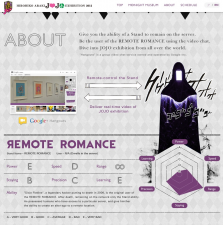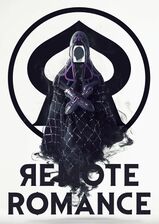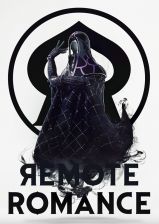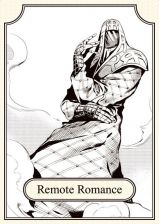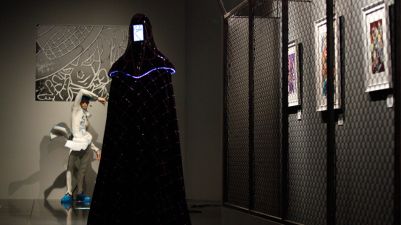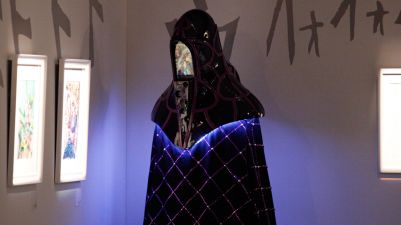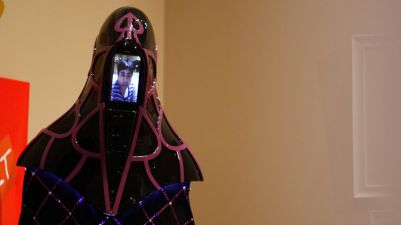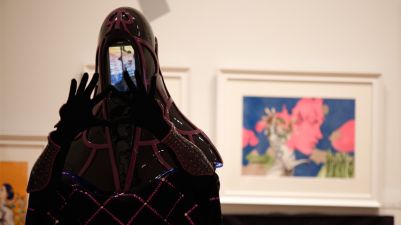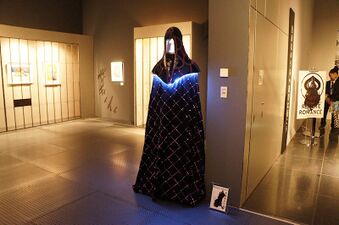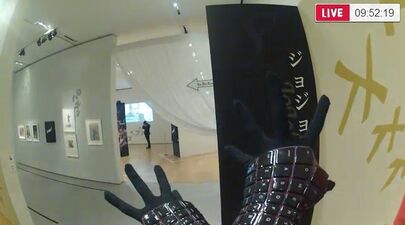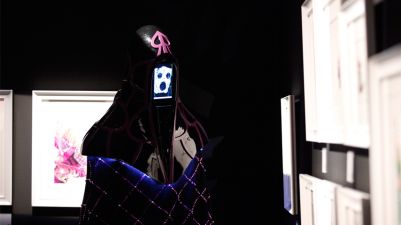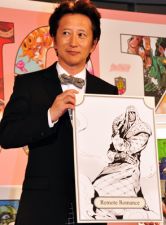Remote Romance: Difference between revisions
| Line 20: | Line 20: | ||
==Appearance== |
==Appearance== |
||
Remote Romance is a humanoid Stand draped in a black and purple garment covering its entire body, making its shape less defined compared to other Stands. |
Remote Romance is a humanoid Stand draped in a black and purple garment covering its entire body, making its shape less defined compared to other Stands. Its robe is covered in a shiny losange pattern contrasting the dark clothe. |
||
A screen covers its face and its gauntlets are covered with a keyboard pattern not unlike [[Chocolate Disco]]. Remote Romance's solid hood is also decorated with a symmetrical "R" motif. |
|||
==History== |
==History== |
||
Revision as of 18:56, 28 June 2018
Remote Romance (リーモート・ロマンス, Rīmōto Romansu) is a Stand designed by Hirohiko Araki for the Hirohiko Araki JoJo Exhibition 2012. Its purpose was to promote the exhibition via internet live-streaming.
Appearance
Remote Romance is a humanoid Stand draped in a black and purple garment covering its entire body, making its shape less defined compared to other Stands. Its robe is covered in a shiny losange pattern contrasting the dark clothe. A screen covers its face and its gauntlets are covered with a keyboard pattern not unlike Chocolate Disco. Remote Romance's solid hood is also decorated with a symmetrical "R" motif.
History
The original user of Remote Romance was a legendary hacker named Dixie Flatline (ディキシー・フラットライン, Dikishī Furattorain) who was put to death in 2006. After his death, only his Stand remained on the network for anyone with access to a particular site to use it.
Ability
Broadcasting: The Stand possesses humans who have access to a particular server and gives them the ability to project an alter ego to a remote location.[1]
Gallery
Trivia
- Dixie Flatline is a hacker character from William Gibson's novel Neuromancer. He had died, but a saved copy of his mind existed in cyberspace during the story.
- This "Stand" was created to stream a visit to the exhibition via internet. The real life "Stand" made a visit to the gallery on particular days, showing its "users" the art exhibited.

